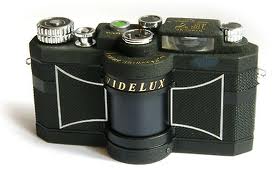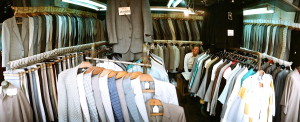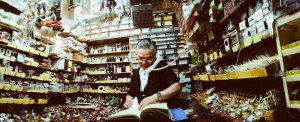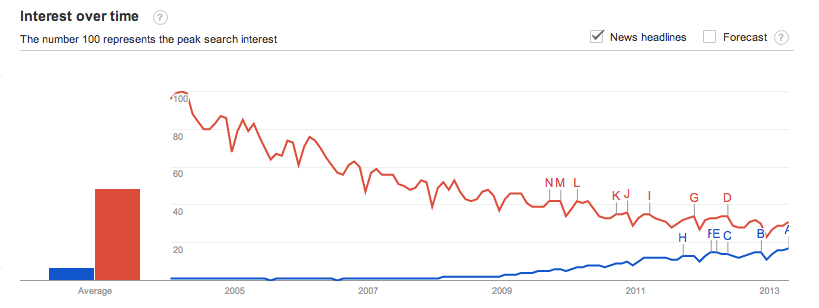Widelux Camera & Me
 This is a Widelux camera. It is a rather unique 35mm swing lens film camera and as I have discovered over the years, it is loved by Jeff Bridges and, yes you guessed it, me.
This is a Widelux camera. It is a rather unique 35mm swing lens film camera and as I have discovered over the years, it is loved by Jeff Bridges and, yes you guessed it, me.
As Wikipedia says: “The Widelux is a fully mechanical swing-lens panoramic camera first developed in Japan in 1948, with both 35mm (the F6, F7 and F8 models) and medium-format (1500) models available. The WIDELUX cameras manage this trick because of a 26mm lens pivoting on an axis.”
The New York Times article, “The Dude Abides On The Other Side Of The Lens”, just highlighted some of Jeff’s film set work and his thoughts about this strange tool. He is also one of the few Widelux information resources on the web. Here he is on the camera and how he deals with its delights…
The Widelux is a fickle mistress; its viewfinder isn’t accurate, and there’s no manual focus, so it has an arbitrariness to it, a capricious quality. I like that. It’s something I aspire to in all my work — a lack of preciousness that makes things more human and honest, a willingness to receive what’s there in the moment and to let go of the result. Getting out of the way seems to be one of the main tasks for me as an artist.
Here are a couple of shots from a series I did on very tight Japan retail – click them. You can see more of my Widelux photographs from Cambodia and beyond on my photography website.






